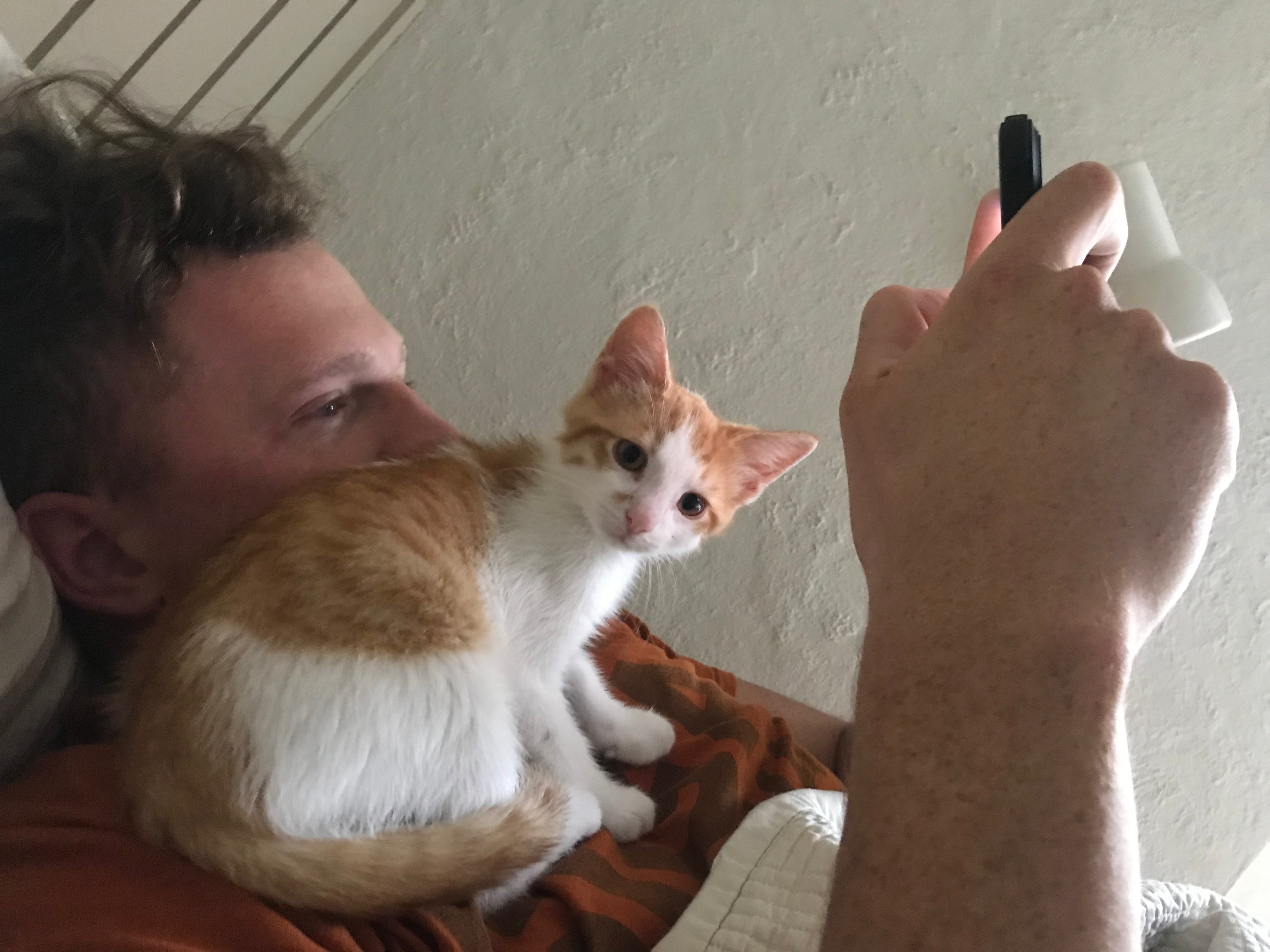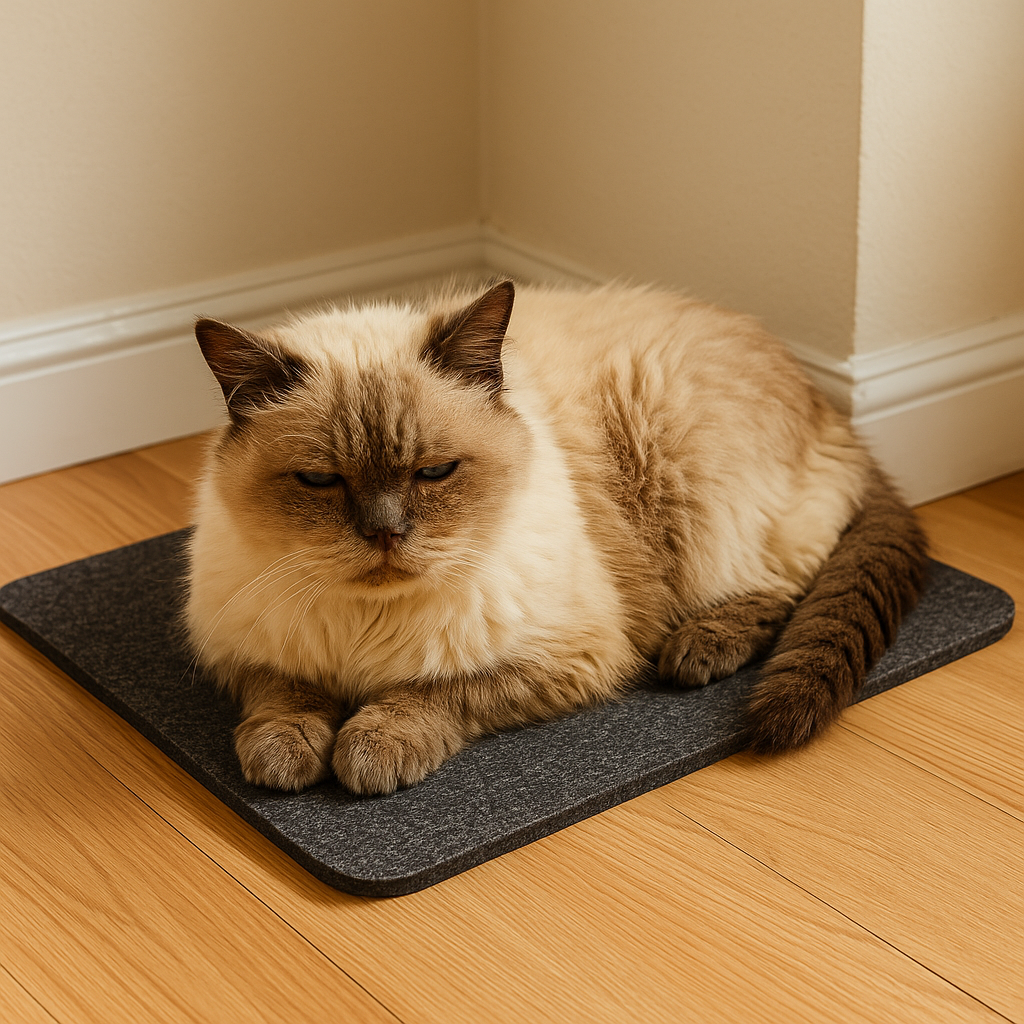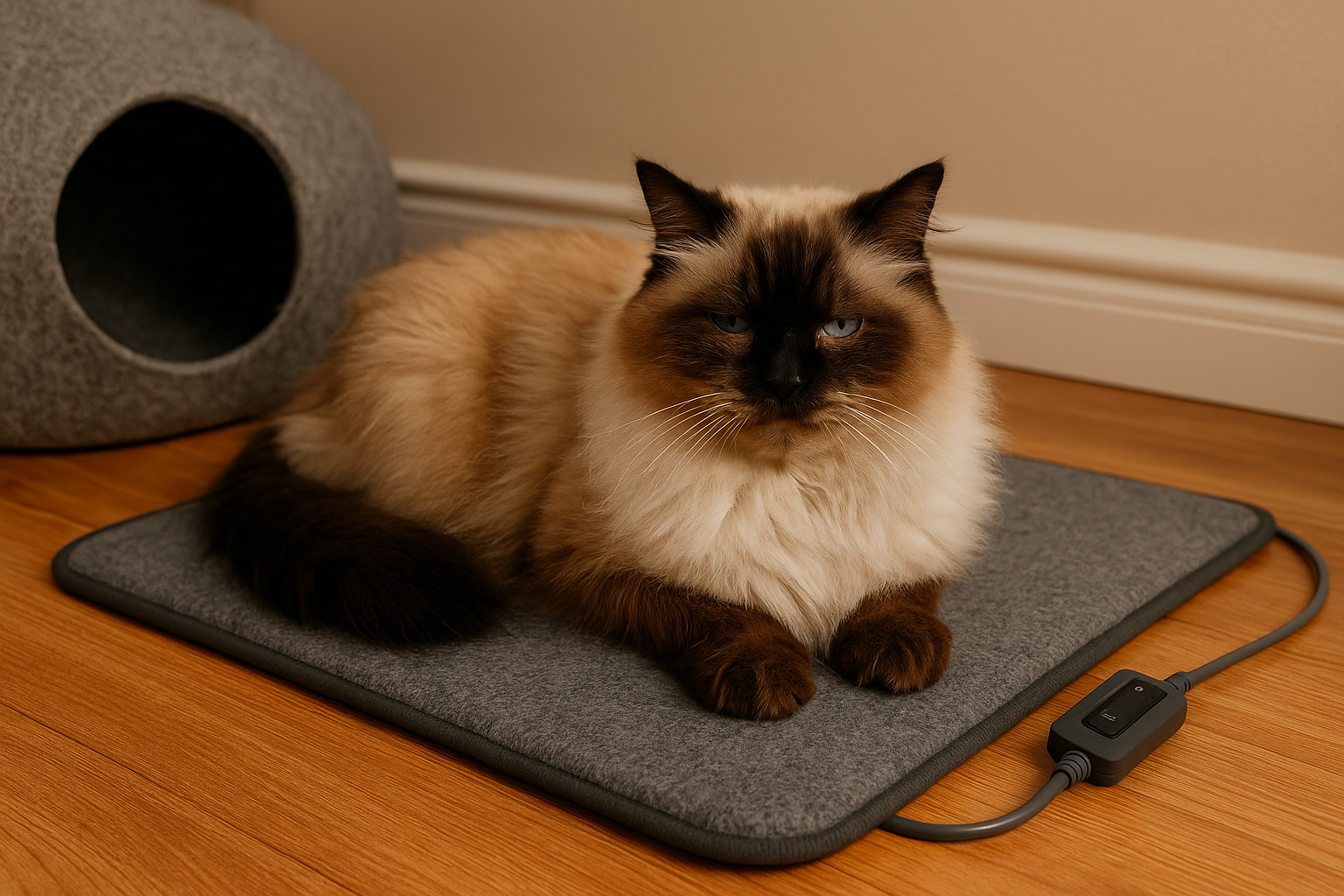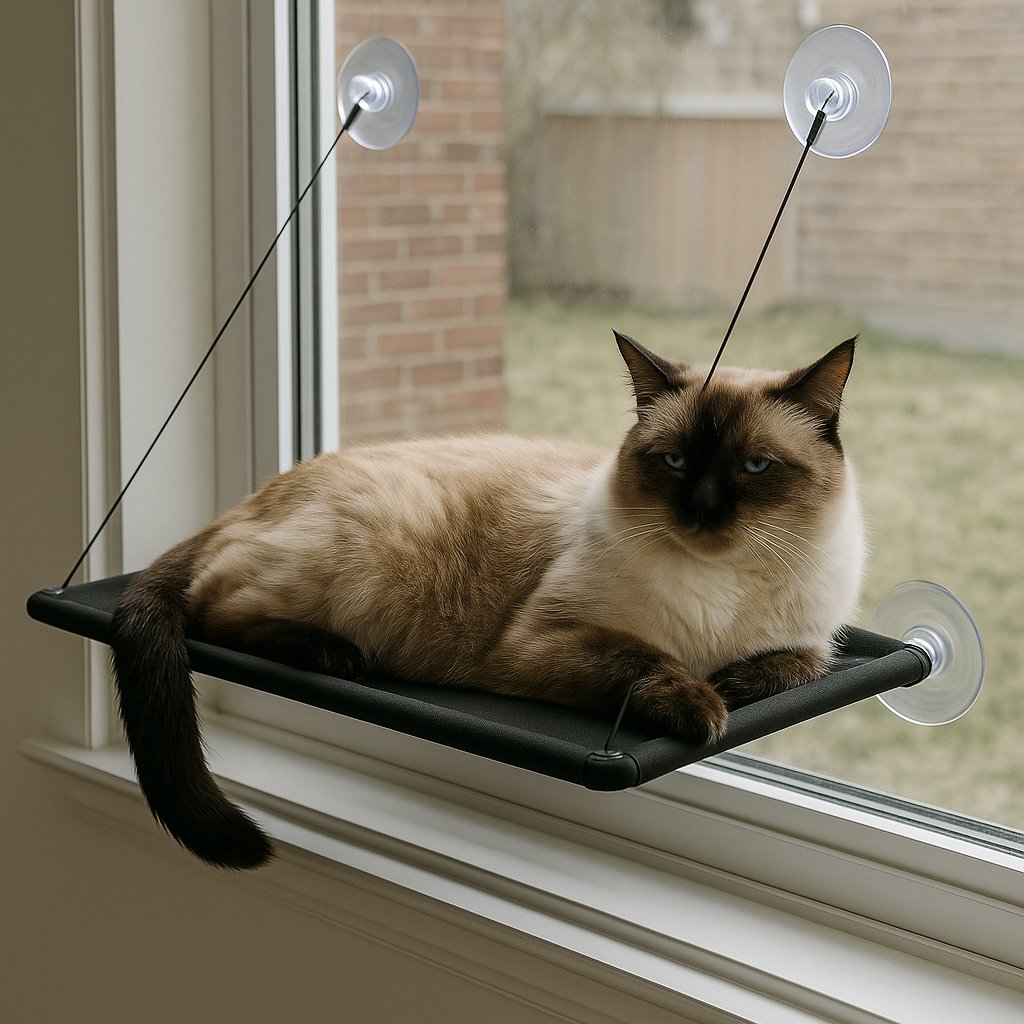Cat Body Language Decoded: 2025 Vet Approved Behavior Guide 🐾
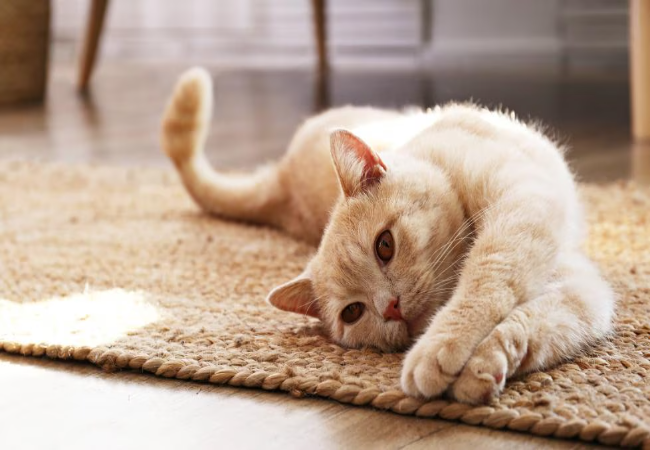
In this article
Cat Body Language Decoded: 2025 Vet Approved Behavior Guide 🐾
By Dr. Duncan Houston BVSc
As cat owners, we’ve all wished we could decipher what our feline friends are trying to tell us. From subtle ear twitches to expressive tail movements, a cat’s body language reveals much about their mood and intentions. Understanding these signals can strengthen your bond and improve your cat’s well-being.
The Silent Communication of Cats
Cats are largely non-verbal creatures. Their body language—including tail flicks, eye dilation, and ear positions—often communicates more than meows or purrs. By paying attention, you can identify when your cat feels playful, relaxed, anxious, or threatened.
Understanding Cat Eye Language
A cat’s eyes provide a window into their emotions:
-
Dilated pupils: Excitement, fear, or playfulness
-
Narrowed eyes: Contentment, relaxation, or focus
Observing changes in pupil size helps you gauge your cat’s emotional state.
Interpreting Cat Ear Positions
Ear orientation is another powerful indicator of mood:
-
Forward ears: Curiosity or interest
-
Flattened ears: Fear or aggression
-
Sideways or backward ears: Anxiety or agitation
Cat Tail Movements and Their Meanings
The tail is a highly expressive tool in feline communication:
-
High, straight tail: Happiness and confidence
-
Tucked-under tail: Fear or submission
-
Twitching or fluffed-up tail: Agitation or excitement
Understanding Cat Postures
Body posture conveys feelings beyond facial expressions:
-
Relaxed cat lying on its back: Trust and contentment
-
Arched back with fur standing: Fear or aggression
-
Crouched position: Readiness or anxiety
Reading Cat Facial Expressions
Cats communicate subtle messages through their faces:
-
Soft, open expression: Relaxed and happy
-
Tense or tight face: Stress, fear, or irritation
Takeaway
Every cat is unique, and interpreting body language takes time and patience. By observing eyes, ears, tail, posture, and facial expressions, you can decode your cat’s signals and respond appropriately. This understanding fosters trust, reduces stress, and deepens your human-feline bond.




